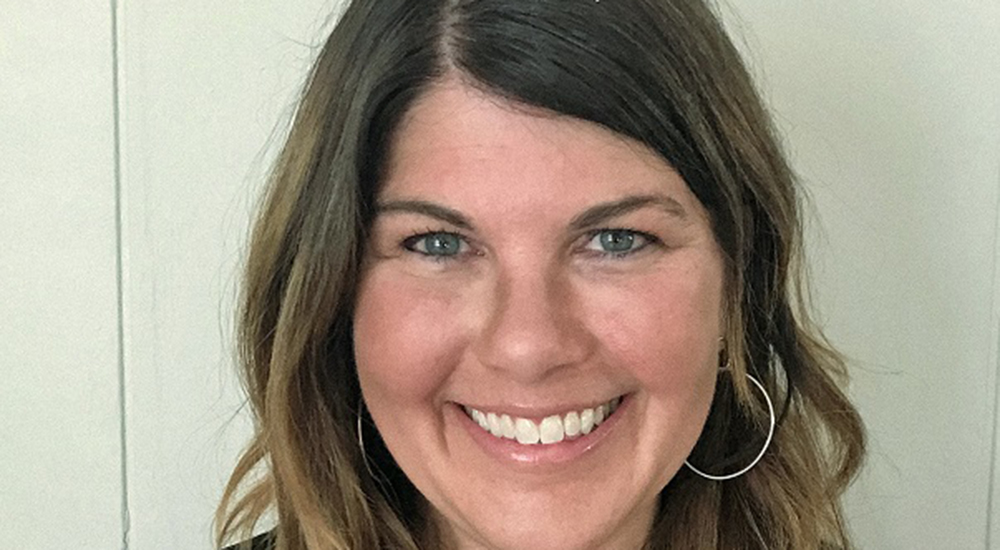Veterans with heart conditions will soon be able to hold a 3D model of their own heart while talking with their doctor about possible treatments, thanks to 3D printing.
VA Puget Sound Health Care System doctors, researchers and engineers are working with their counterparts at the University of Washington (UW) School of Medicine to use 3D printing to diagnose and treat complex heart conditions.
Hold your heart in your hands
“Imagine the power of holding a life-sized 3D model of your own heart in your hands while your cardiologist discusses your treatment plan and walks you through your upcoming procedure step by step. This is the reality that we want for all of our patients,” said VA Puget Sound radiologist Dr. Beth Ripley.
Currently, without a 3D model, a surgeon creates a plan for surgery by looking through hundreds or thousands of CT or MRI scans, putting together a rough picture of the actual organ from a series of flat images. To create a model, a radiologist uses those same images to make a 3D blueprint, which is then sent to a 3D printer. The result is an almost perfect copy of the patient’s body part.
Reducing costs and shortening surgery times
Three-dimensional heart models will come in handy for a procedure called transcatheter aortic valve replacement, in which the surgeon replaces a narrow heart valve that no longer opens properly.
“Beyond improving our understanding of a patient’s anatomy, it allows us to know which catheters and replacement valves will fit, and how best to approach the particular structure,” said UW research scientist Dmitry Levin. In turn, he said, that knowledge helps reduce the cost of devices and shorten the length of surgery.
3D frontier
VA Puget Sound doctors already print 3D kidney models that they use for planning kidney surgery. They also print 3D foot orthotics that prevent amputations for Veterans with type 2 diabetes.
The VA-UW team expects the partnership to result in new techniques and treatment approaches. As a result, it could eventually help heart patients worldwide.
Ripley said the next frontier is 3D printing of living tissue. “In the near future, we will be able to make living bone,” complete with blood vessels, she said.
Story and photos courtesy the VA Puget Sound Public Affairs Office.
READ MORE:
Topics in this story
More Stories
Blind TeleRehabilitation offers blind and visual impairment rehabilitation assessment, training, specialized technology and support groups.
Pacific Islands VA has opened a new urgent care clinic inside the Daniel K. Akaka VA Clinic.
From one battle to the next, including four types of cancers, Eliot Winokur’s resilience remains unshaken.







Nice blog. Thank you very much
The WI. VA was the solution to my quitting smoking after 35 years and a 3 pack a day habit. It was a several week class where they used two drugs and class instruction. They tell you to continue smoking until you feel ready to quit.
I never thought I could quit but have been Tabasco free now for 17 years.
If you wish to quit but don’t know how, please try the V.A. Program. I highly recommend it.
Ed moline
LRRP Ranger
This is best article. when I read your article more data one of other blog entry. So I like it. Much obliged to you for offering this article to us.
Wow.. Thanks